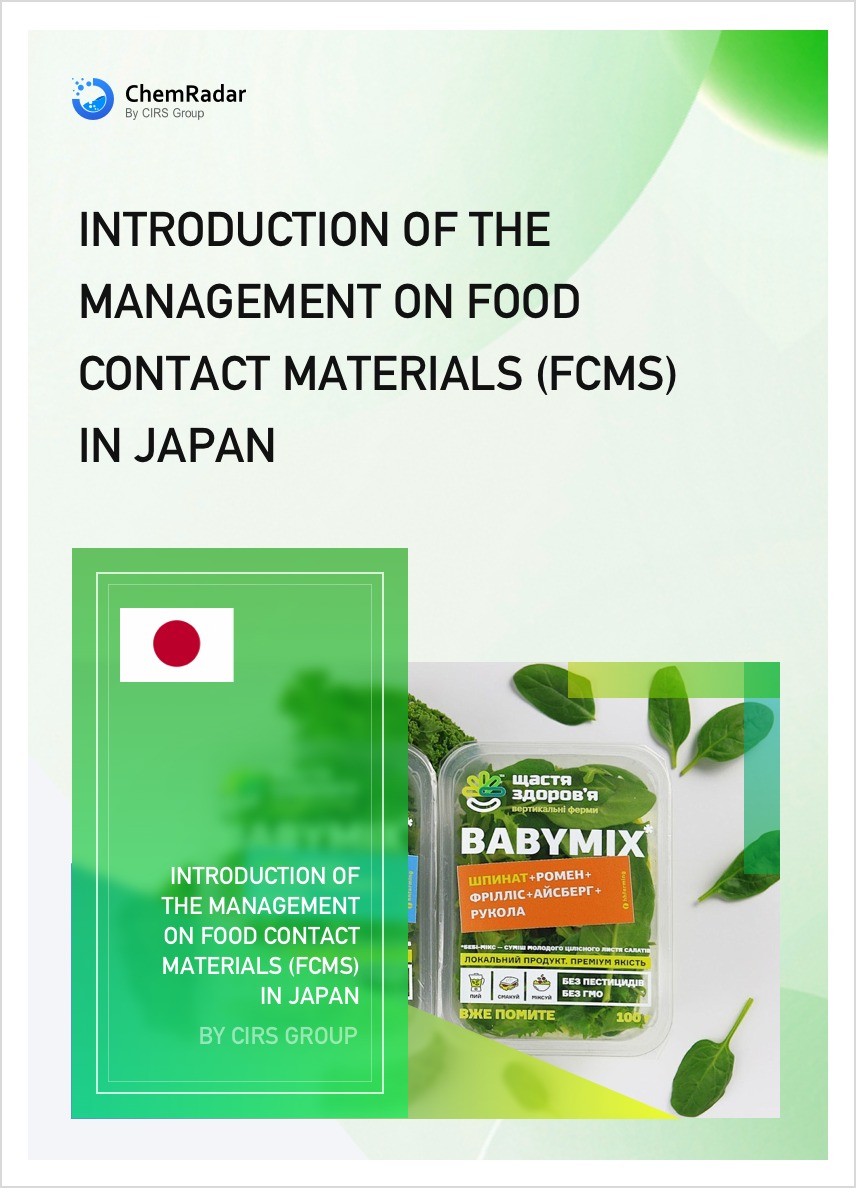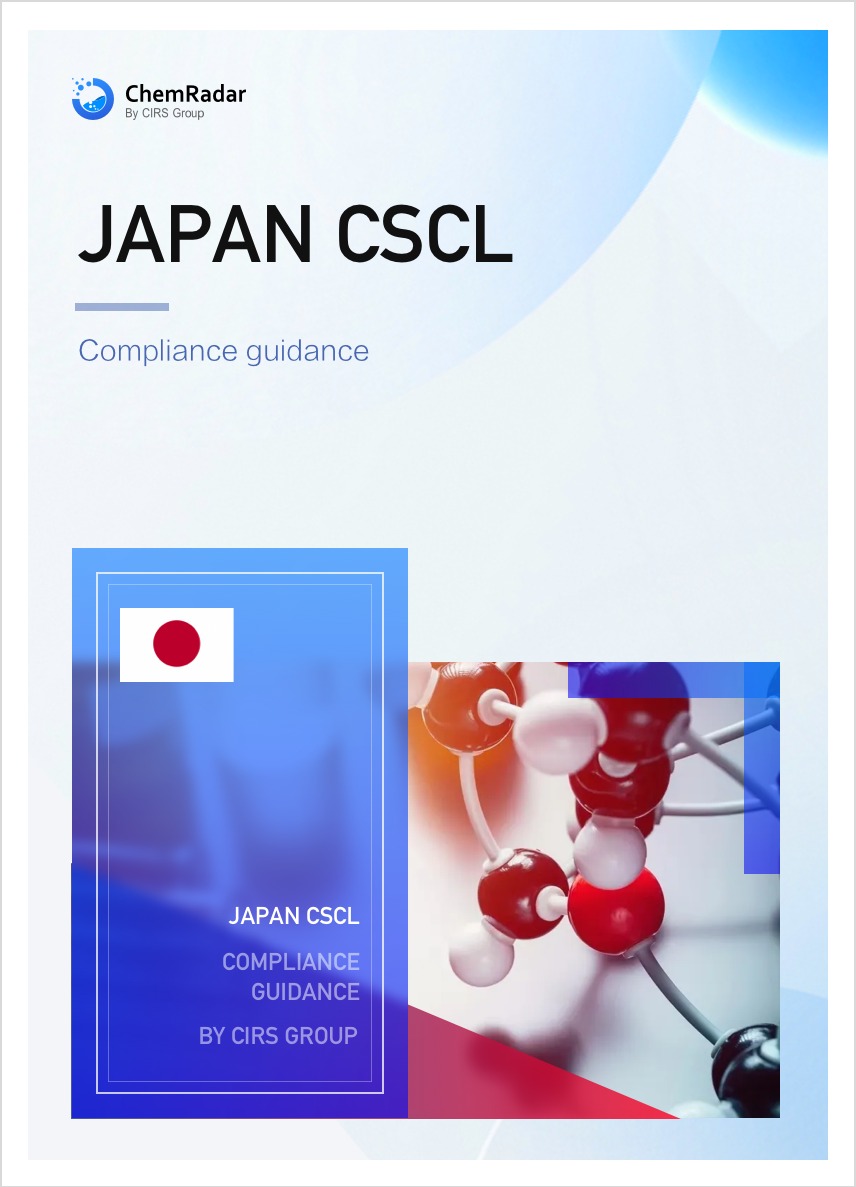Recently, Japan's Ministry of Economy, Trade and Industry, in conjunction with the Ministry of the Environment, announced a significant policy under the Act on Preventing Mercury Pollution of the Environment. The policy will phase out the production of ten specified products containing mercury, with set dates for the implementation of the bans. This measure will be gradually implemented starting from 2026, and it involves various types of batteries and lighting equipment, as well as certain industrial sensors.

The specified products and the implementation dates of the bans are as follows:
| Specified products | Implementation Date |
| Button zinc silver oxide batteries with a mercury content < 1% and button zinc air batteries with a mercury content < 2% | January 1, 2026 |
| Compact fluorescent lamps with an integrated ballast (CFL.i) for general lighting purposes that are ≤ 30 watts with a mercury content not exceeding 5 mg per lamp burner | January 1, 2026 |
|
Cold cathode fluorescent lamps (CCFL) and external electrode fluorescent lamps (EEFL) of all lengths for electronic displays, not included in the listing directly below.
|
January 1, 2026 |
|
Melt pressure transducers, melt pressure transmitters and melt pressure sensors, except those installed in large-scale equipment or those used for high precision measurement, where no suitable mercury- free alternative is available |
January 1, 2026 |
|
Compact fluorescent lamps (CFLs) for general lighting purposes that are > 30 watts |
January 1, 2027 |
|
Compact fluorescent lamps with a non-integrated ballast (CFL.ni) for general lighting purposes that are ≤ 30 watts with a mercury content not exceeding 5 mg per lamp burner |
January 1, 2027 |
|
Linear fluorescent lamps (LFLs) for general lighting purposes:
|
January 1, 2027 |
|
Non-linear fluorescent lamps (NFLs) (e.g., U-bend and circular) for general lighting purposes: b. Halophosphate phosphor, all wattages |
January 1, 2027 |
|
Linear fluorescent lamps (LFLs) for general lighting purposes:
|
January 1, 2028 |
|
Non-linear fluorescent lamps (NFLs) (e.g., U-bend and circular) for general lighting purposes: a. Triband phosphor, all wattages |
January 1, 2028 |
This policy aims to protect human health and the environment from the hazards of mercury and to ensure the implementation of the Minamata Convention on Mercury. The government will continue to monitor the implementation of the above policy and assess the long-term impact of these products on the environment and health. Moreover, the phased ban on the production of ten products also promotes the research and application of mercury-free or low-mercury technologies, contributing to the green transformation of the industry.



